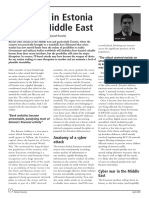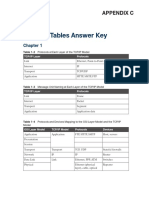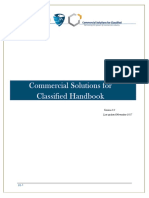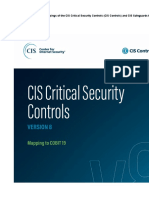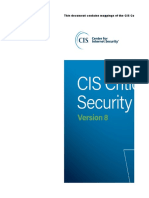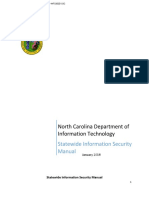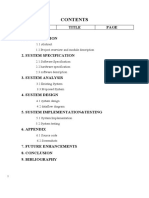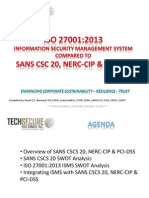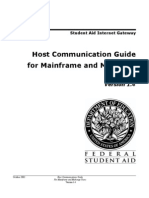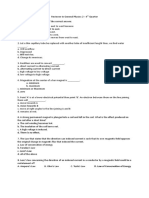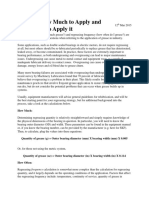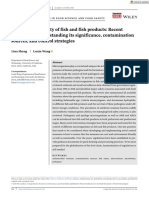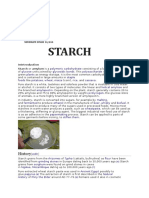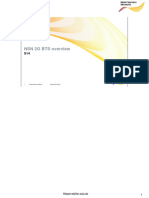0% found this document useful (0 votes)
3K views13 pagesCNSSI-1253F Cross Domain Solution Overlay
This document provides guidance for implementing Cross Domain Solutions (CDS) to securely connect different security domains like connecting an Unclassified and Secret network. It outlines three types of CDS: Access, Transfer, and Multi-level. The document specifies security controls from NIST SP 800-53 and CNSSI No. 1253 that are required for each CDS type based on their technical capabilities and risks. Implementation must use the Moderate Confidentiality, Integrity, and Availability baseline. The document provides CDS-specific guidance for selected controls and requires the Cross Domain Support Element to work with system owners throughout the Risk Management Framework process.
Uploaded by
Mitch QuinnCopyright
© © All Rights Reserved
We take content rights seriously. If you suspect this is your content, claim it here.
Available Formats
Download as PDF, TXT or read online on Scribd
0% found this document useful (0 votes)
3K views13 pagesCNSSI-1253F Cross Domain Solution Overlay
This document provides guidance for implementing Cross Domain Solutions (CDS) to securely connect different security domains like connecting an Unclassified and Secret network. It outlines three types of CDS: Access, Transfer, and Multi-level. The document specifies security controls from NIST SP 800-53 and CNSSI No. 1253 that are required for each CDS type based on their technical capabilities and risks. Implementation must use the Moderate Confidentiality, Integrity, and Availability baseline. The document provides CDS-specific guidance for selected controls and requires the Cross Domain Support Element to work with system owners throughout the Risk Management Framework process.
Uploaded by
Mitch QuinnCopyright
© © All Rights Reserved
We take content rights seriously. If you suspect this is your content, claim it here.
Available Formats
Download as PDF, TXT or read online on Scribd
/ 13


